to The Compass Project in Portland, Me is building a DSD with a group of kids and they are doing a great job.
The boat is built like dories have always been built, using the bottom to erect stem, frames, and transom, then turning over the boat upside down on a strongback. Everything is plumbed and braced then planking begins.
Here the garboard has been installed and the sheer clamp is being fit. This is the only departure from traditional dory construction, the incorporating of the clamp helps tie together the frames into plumb and lock in the ends of the boat. It is a bit of a 3D puzzle!








